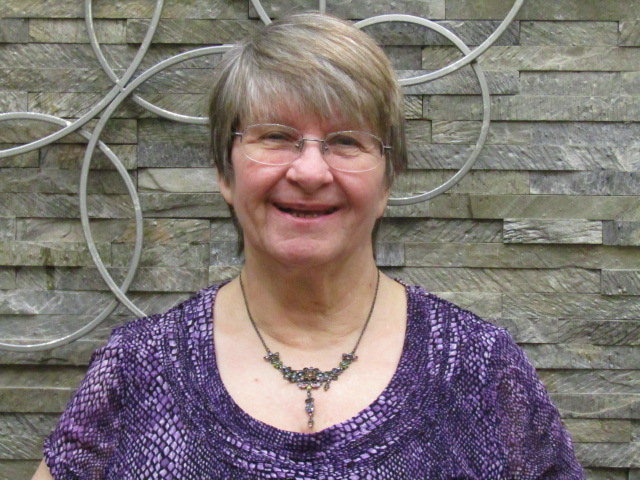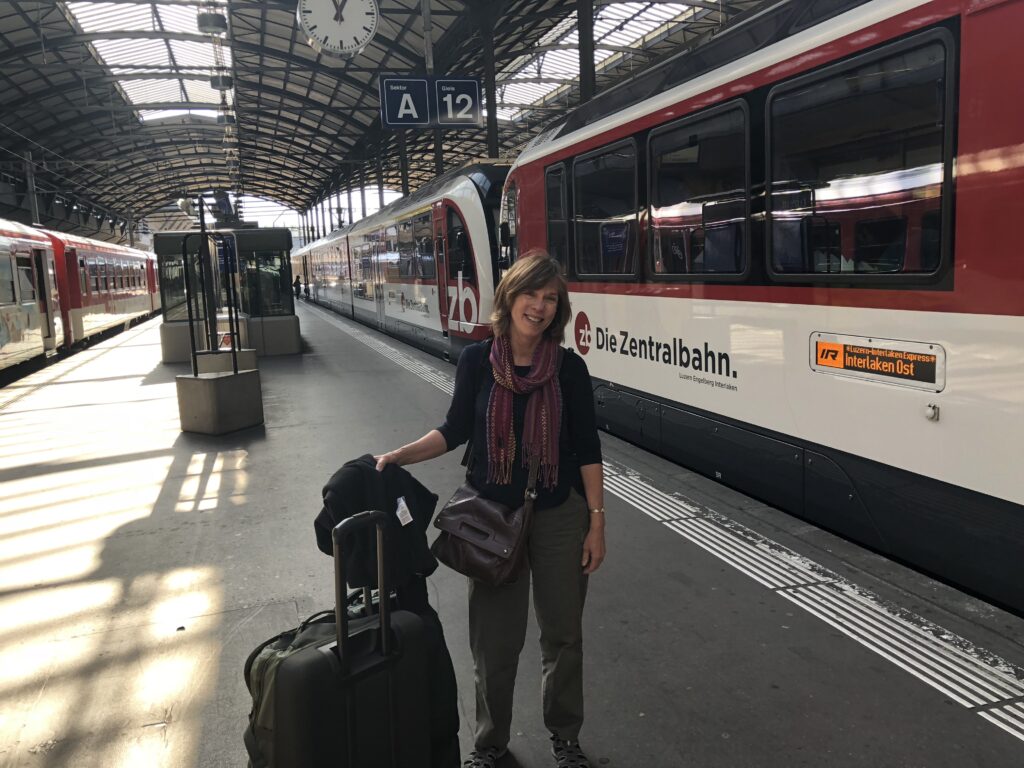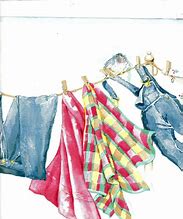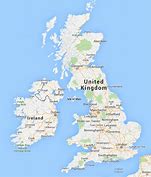By Valerie Routhieaux
Day Four: Just Write
When you’re writing your novel, there are days when you don’t know what to write. Your characters are silent. You sit at the keyboard with your fingers poised and nothing happens. What do you do?
A famous author would contend there is no such thing as writer’s block. However, it’s real. You know it’s real because you’re sitting in front of your computer staring at a blank screen. Someone once said when you don’t know what to write, write anything that comes to mind. You need to push through the silence. You need to put something on that blank screen, even if it has nothing to do with the story.
That’s the best advice I was given. Why? Because it jumpstarts your story. Chances are you will go back and take out that paragraph or page, especially if it doesn’t have anything to do with the story, or you might find, as I did with Scarred that that paragraph never came out and made it through every edit and revision. When I wrote that paragraph, I was certain it would be edited out. It’s a strong paragraph and just what the story needed at that time and place.
You will find that too as you’re writing. Even if it doesn’t make sense when you go back to edit and revise, it fits. That isn’t always the case. I’ve had many such episodes when the push was edited out because it didn’t belong.
It happens no matter what you’re writing. So, even with your blog posts, write the first thing that comes to mind and turn it into a post. You might find others will relate to what you’ve written.
There is a wealth of ideas, as I mentioned in one of these tips. Pick one and expand on it. No matter what you’re writing, whether the next best-selling novel or a blog post, just write. You’ll be amazed at what happens next. Do you have other tips for staring at the blank screen? Thanks for reading.
Tomorrow’s perspective: Research






